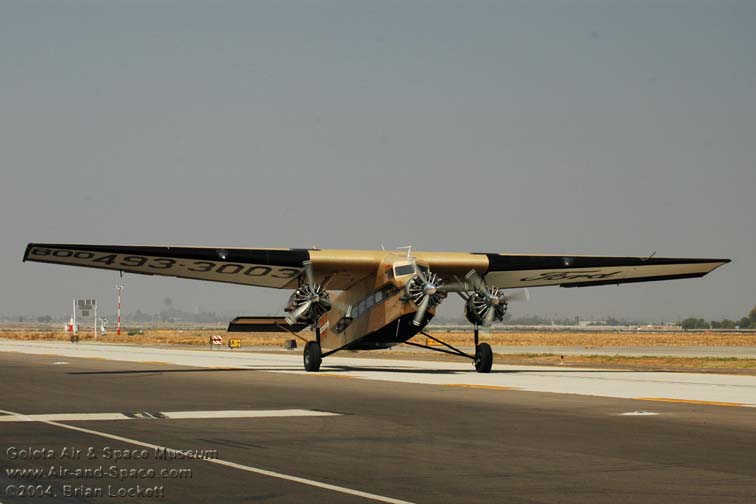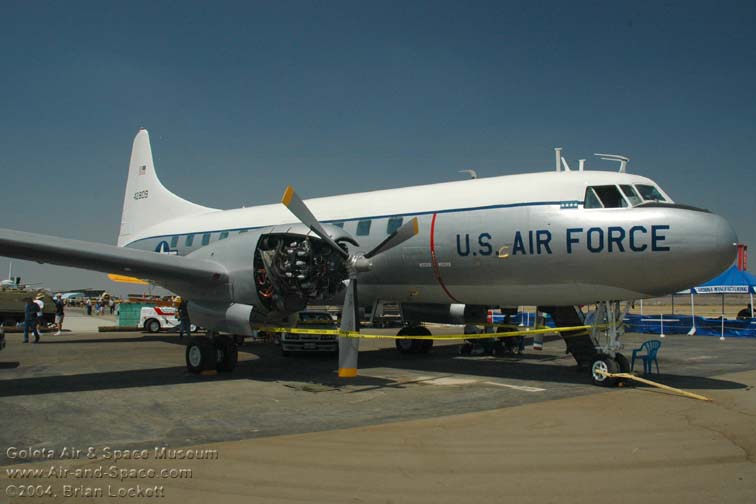AA5Bman
Line Up and Wait
- Joined
- Jun 14, 2009
- Messages
- 792
- Display Name
Display name:
He who ironically no longer flies an AA5B
I've been thinking lately about some of the similarities and differences between automotive engines and aircraft engines. Can anyone out there comment on my musings?
1. Efficiency: I can't quite get my head around why my old (now sold) O-360 burned 10 gallons an hour. It seems like an awful lot. It's only producing 180hp, about as much as my car. However, my car, at cruise, would go just over five hours between fillups, and only has a 13.5 gallon tank... total. What's the difference?
2. Horsepower: when we talk about horsepower, are we referring horsepower produced by the engine that is applied to the crankshaft? Is that "shaft" horsepower? When we say a O-470 produces 230 hp, we're not saying that the engine produces 230 hp of forward thrust, I imagine. Some of that energy must be lost due to inefficiencies in the props. How much is lost? For a typical engine, what is the horsepower rating actually referring to?
3. A typical car engine is going to produce its most horsepower at high(er) RPM - 6,000 or more(?). What exactly is it that allows aircraft engines to produce their best horsepower at much much lower RPMs?
4. If you think about truck engines, for instance, the 454 was considered a pretty dang beefy engine. But that was approximately 450 inches of displacement - not even as much as an O-470 in a 182, let alone the various configurations of the 520s, 540s, and 550s. However, that 454 had eight cylinders and the "big" aircraft engines only have 6. Why?
5. Following up on the question above, depending on the configuration, that 454 might produce between 270hp and 500hp, on less displacement. Why are the aircraft engines generally larger and less powerful?
6. Finally, is there a weight difference between an average automotive engine and a like-sized aircraft engine. Are aircraft engines considerably lighter?
Thanks in advance,
Mike
1. Efficiency: I can't quite get my head around why my old (now sold) O-360 burned 10 gallons an hour. It seems like an awful lot. It's only producing 180hp, about as much as my car. However, my car, at cruise, would go just over five hours between fillups, and only has a 13.5 gallon tank... total. What's the difference?
2. Horsepower: when we talk about horsepower, are we referring horsepower produced by the engine that is applied to the crankshaft? Is that "shaft" horsepower? When we say a O-470 produces 230 hp, we're not saying that the engine produces 230 hp of forward thrust, I imagine. Some of that energy must be lost due to inefficiencies in the props. How much is lost? For a typical engine, what is the horsepower rating actually referring to?
3. A typical car engine is going to produce its most horsepower at high(er) RPM - 6,000 or more(?). What exactly is it that allows aircraft engines to produce their best horsepower at much much lower RPMs?
4. If you think about truck engines, for instance, the 454 was considered a pretty dang beefy engine. But that was approximately 450 inches of displacement - not even as much as an O-470 in a 182, let alone the various configurations of the 520s, 540s, and 550s. However, that 454 had eight cylinders and the "big" aircraft engines only have 6. Why?
5. Following up on the question above, depending on the configuration, that 454 might produce between 270hp and 500hp, on less displacement. Why are the aircraft engines generally larger and less powerful?
6. Finally, is there a weight difference between an average automotive engine and a like-sized aircraft engine. Are aircraft engines considerably lighter?
Thanks in advance,
Mike


 Nice!
Nice!

 Now, if you want to get realistic you can figure in a constant speed prop motors true weight. I believe there were a few very light certified twins made with this set up. Add 62 lbs for the prop, 24 lbs for the governor and related lines, linkage, etc and now you have a 150 HP light weight FAA certified
Now, if you want to get realistic you can figure in a constant speed prop motors true weight. I believe there were a few very light certified twins made with this set up. Add 62 lbs for the prop, 24 lbs for the governor and related lines, linkage, etc and now you have a 150 HP light weight FAA certified

